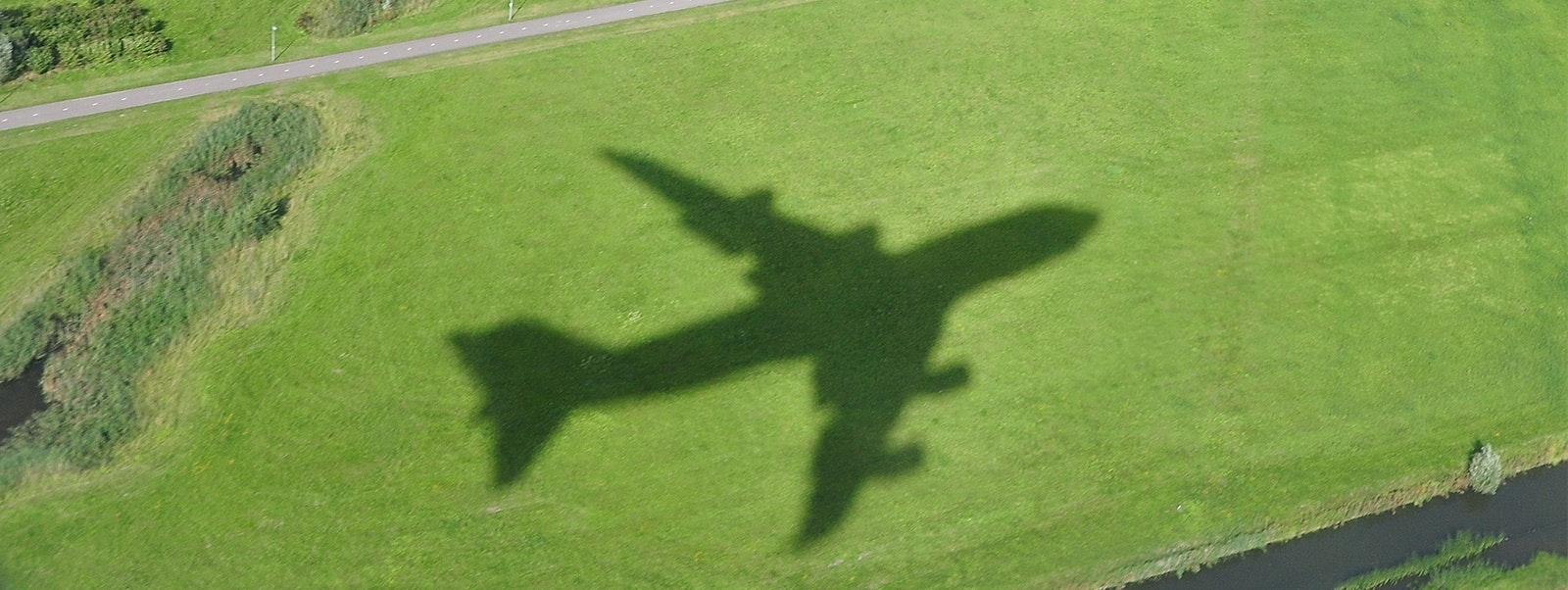Economic growth in both mature and developing economies is driving solid increases in fleet size and MRO, although significant regional differences existTom Cooper, Vice President, CAVOK
Rising demand for air travel is keeping production lines at aircraft, engine, and component manufacturers busy and setting records. Lower oil prices, along with the willingness of airlines to spend on upkeep, are resulting in delayed retirements of older jets, which in turn provide more business for the MRO industry because of their additional servicing needs.
The swelling demand continues to drive expansion of the global fleet. Where in our 2017–2027 forecast projected annual growth averaging 3.4 percent, our current outlook ratchets up that yearly increase to 3.7 percent. Inevitably, all this spells more business for the major aircraft manufacturers, pushing production rates to levels never seen before for commercial aircraft.
By 2028, our forecast projects the worldwide fleet will total 37,978 aircraft, up from the 2018 total of 26,307. Narrow-body aircraft will be the biggest beneficiary of this expansion, increasing from about 56 percent of the fleet in 2018 to 66 percent in 2028 thanks to operating costs, range, and capabilities that allow them to encroach on territory once reserved for wide-bodies.
By 2028, 55 percent of the fleet will have been designed and built after 2000 and boast the advanced systems, materials, and components that will help keep operating costs down over the near term. We do not expect that recent consolidations—particularly those in Europe—or mergers to come will interrupt this transformation of the fleet.
Meanwhile, the commercial air transport MRO market is growing at a similar clip, with total MRO spending expected to rise to $114.7 billion from $77.4 billion in 2018. That’s a jump of 48 percent on an average four percent compound annual growth rate (CAGR). The expansion is back-end loaded, with growth averaging 3.5 percent for the first five years, increasing the total to $91.9 billion by 2023, and rising to 4.5 percent yearly growth between 2023 and 2028.
To read more about the specific changes to fleets and their maintenance across the major geographies of the world, please download the report.
About the Forecast
Oliver Wyman’s Global Fleet & MRO Market Forecast Commentary 2018–2028 marks our firm’s 18th assessment of the 10-year outlook for the commercial airline transport fleet and the associated maintenance, repair, and overhaul (MRO) market. We’re proud to say that the annually produced research, along with our Airline Economic Analysis (AEA), has become a staple resource of aviation executives—whether in companies that build aircraft, fly them, or work in the aftermarket, as well as for those with financial interests in the sector through private equity firms and investment banks.
This research focuses on airline fleet growth and related trends affecting aftermarket demand, maintenance costs, technology, and labor supply. The outlook reveals significant changes that are important to understand when making business decisions and developing long-term plans.
Analytical topics covered include:
- Economic GDP and traffic data (measured in revenue passenger kilometers or RPKs) by geographic region and specific countries
- Historical financial performance (load factors vs return on invested capital, jet fuel spot prices, industry profitability)
- In-service fleet, retirements, orders, conversions by aircraft class (wide-body, narrow-body, regional jet, and turboprop)
- Global aircraft fleet forecast and regional fleet growth rates
- MRO market forecast by segment (line, component, engine, airframe) and aircraft platform spend
- Forecast sensitivity analysis



